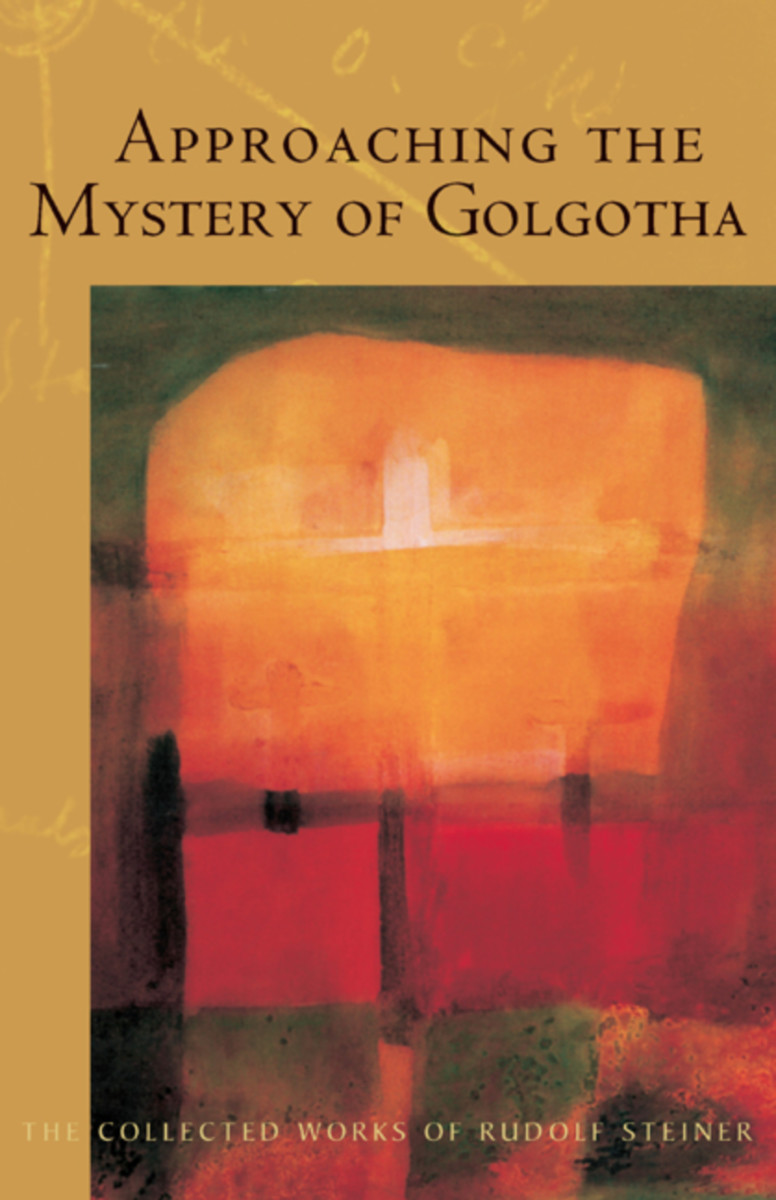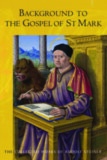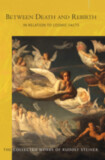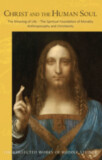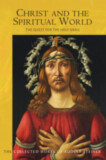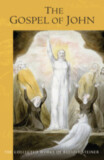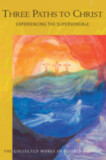Approaching the Mystery of Golgotha
(CW 152)
- Publisher
SteinerBooks - Published
15th September 2006 - ISBN 9780880106061
- Language English
- Pages 208 pp.
- Size 6" x 9"
10 lectures, various cities, 1913–1914 (CW 152)
“The fear of the purely spiritual that is present in every person...belongs to the depths of the soul. This fear is the result of Ahriman’s influence and would not exist had Ahriman not gained power over the souls of human beings. People are mostly unconscious of this fear because it works in the deepest foundations of the soul and plays no role in what they can reckon with in their everyday consciousness. Meanwhile, the fear of the spiritual knocks on the door of their ordinary consciousness without their knowing what it is that disquiets them from the depth of their souls. Then they look for something that has an anesthetic effect, something to dull this fear they want no part of. They find the anesthetic in materialistic thoughts, theories, and ideas. Materialistic theories are not invented on logical grounds, although one might believe this to be the case. They are conceived out of a fear of the spiritual, which is the result of Ahriman’s influence on the soul.” — Rudolf Steiner (May 1, 1913)
In February of 1913—a landmark year for Rudolf Steiner and Anthroposophy—the first General Meeting of the Anthroposophical Society was held. In September, the Foundation Stone for the Goetheanum was laid in Dornach. The ground for Anthroposophy as we know it today was established.
Such is the background for the remarkable lectures contained in this volume. Outwardly, they begin to set the record straight. Inwardly, they seek to establish a right relationship of service to Christ and the spiritual worlds in accord with the spirit of the times, the archangel Michael. For the first time, Rudolf Steiner reveals openly the need for a true “Michael School” and that he and Anthroposophy, the fruit of his spiritual research, are earthly representatives of Michael.
Christ and Michael are the explicit guiding lights of this collection, which itself represents a profound act of Christ–Michael service. With courage, devotion, and conviction, Rudolf Steiner, now free and independent, the “teacher” of his own “school,” sets about unveiling the truth and reality, as he knows it. Again and again, he returns to the sacrificial deeds of Christ—creative, sustaining, and enabling our humanity—before, during, and after Golgotha.
The teaching at the heart of this volume, as it is at the heart of the Christ, is selflessness: the overcoming of egotism and the primacy of the other. “We must become selfless—that is the task of culture today for the future. Human beings must become more and more selfless. Therein lies the future of right moral life actions, the future of all acts of love that can occur through earthly humanity.”
Approaching the Mystery of Golgotha is the first complete English translation of «Vorstufen zum Mysterium von Golgatha» (GA 152).
C O N T E N T S:
Introduction by Christopher Bamford
1. Esoteric Science and Esoteric Development—Initiation
2. Christ at the Time of the Mystery of Golgotha and Christ in the 20th Century
3. The Michael Impulse and the Mystery of Golgotha (1)
4. The Michael Impulse and the Mystery of Golgotha (2)
5. Christ’s Path through the Centuries
6. The Three Spiritual Preliminary Stages of the Mystery of Golgotha
7. The Christ Impulse across the Ages and It’s Power in the Human Being
8. The Christ Spirit and Its Relation to the Evolution of Consciousness
9. Progress in the Knowledge of Christ: The Fifth Gospel
10. The Four Sacrifices of Christ: The Three Precursors of the Mystery of Golgotha
Rudolf Steiner
Rudolf Steiner (b. Rudolf Joseph Lorenz Steiner, 1861–1925) was born in the small village of Kraljevec, Austro-Hungarian Empire (now in Croatia), where he grew up. As a young man, he lived in Weimar and Berlin, where he became a well-published scientific, literary, and philosophical scholar, known especially for his work with Goethe’s scientific writings. Steiner termed his spiritual philosophy anthroposophy, meaning “wisdom of the human being.” As an exceptionally developed seer, he based his work on direct knowledge and perception of spiritual dimensions. He initiated a modern, universal “spiritual science” that is accessible to anyone willing to exercise clear and unbiased thinking. From his spiritual investigations, Steiner provided suggestions for the renewal of numerous activities, including education (general and for special needs), agriculture, medicine, economics, architecture, science, philosophy, Christianity, and the arts. There are currently thousands of schools, clinics, farms, and initiatives in other fields that involve practical work based on the principles Steiner developed. His many published works feature his research into the spiritual nature of human beings, the evolution of the world and humanity, and methods for personal development. He wrote some thirty books and delivered more than six thousand lectures throughout much of Europe. In 1924, Steiner founded the General Anthroposophical Society, which today has branches around the world.


